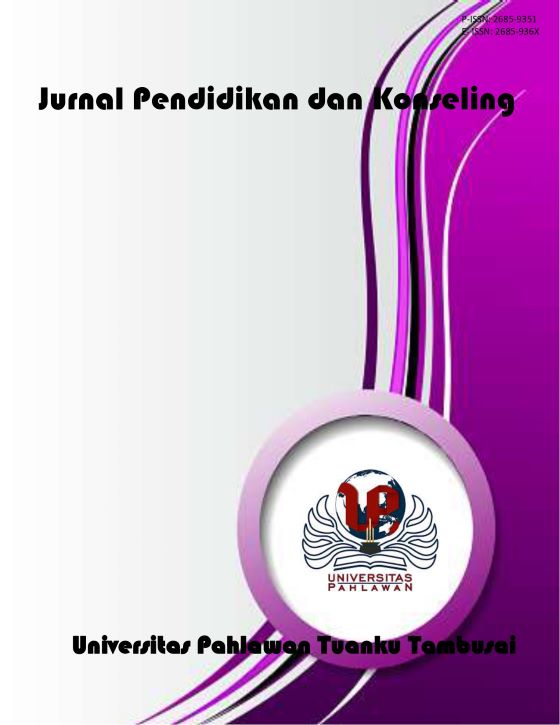Review Article: Analisis Kurkumin Pada Famili Zingiberaceae Menggunakan Spektrofotometri UV - VIS
DOI:
https://doi.org/10.31004/jpdk.v4i6.10278Abstract
Kurkumin merupakan salah satu senyawa aktif dari golongan fenolik dengan pigmen berwarna kuning yang banyak ditemukan pada temu - temuan dari famili Zingiberaceae. Kurkumin memiliki banyak potensi seperti antioksidan, antitumor dan untuk kesehatan tubuh yang lainnya. Ekstrak kurkumin dapat dianalisis dengan hasil berupa nilai absorban dengan menggunakan alat instrument spektrofotometri UV – Vis. Metode penelitian yang dipakai untuk penelitian ini adalah melakukan Review Article dengan mencari database beberapa artikel dari ScienceDirect, Google Scholar dan PubMed. Hasil penelitian menunjukan bahwa kurkumin terdeteksi memiliki serapan maksimum di range 400 – 500 nm pada Spektrofotometri UV – Vis.Downloads
Published
2022-12-15
How to Cite
Abriyani, E. ., Mentari, M., Susanti, E. I. ., Dinanti, D. ., & Warsito, A. M. P. . (2022). Review Article: Analisis Kurkumin Pada Famili Zingiberaceae Menggunakan Spektrofotometri UV - VIS. Jurnal Pendidikan Dan Konseling (JPDK), 4(6), 11474–11479. https://doi.org/10.31004/jpdk.v4i6.10278
Issue
Section
Articles
License
Copyright (c) 2022 Ermi Abriyani, Mentari, Elista Indah Susanti, Dinda Dinanti, Ainun Mar’atus Putri Warsito

This work is licensed under a Creative Commons Attribution-ShareAlike 4.0 International License.
Authors retain copyright and grant the journal right of first publication with the work simultaneously licensed under a Creative Commons Attribution-ShareAlike 4.0 International License that allows others to share the work with an acknowledgement of the works authorship and initial publication in this journal. Authors are able to enter into separate, additional contractual arrangements for the non-exclusive distribution of the journals published version of the work (e.g., post it to an institutional repository or publish it in a book), with an acknowledgement of its initial publication in this journal. Authors are permitted and encouraged to post their work online (e.g., in institutional repositories or on their website) prior to and during the submission process, as it can lead to productive exchanges, as well as earlier and greater citation of published work (See The Effect of Open Access).





.png)










